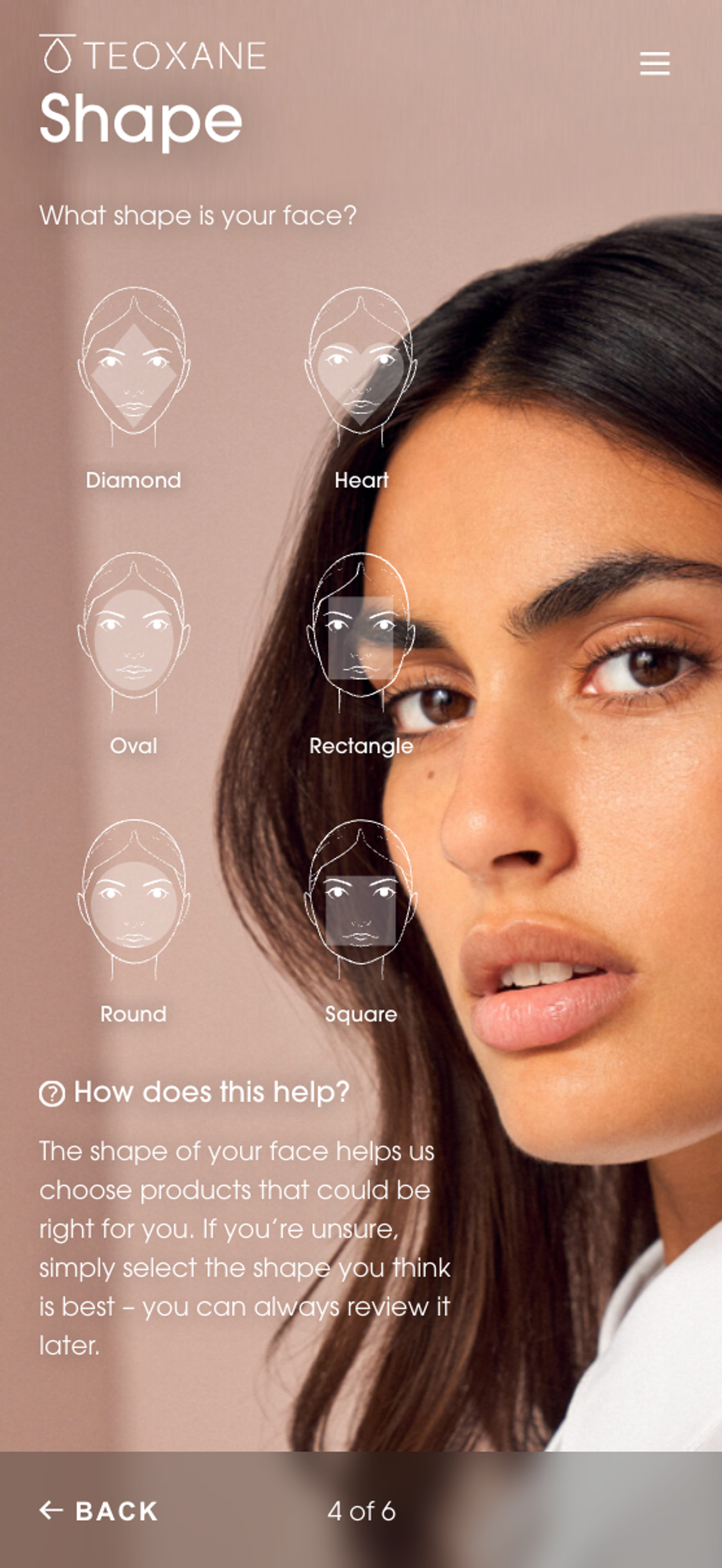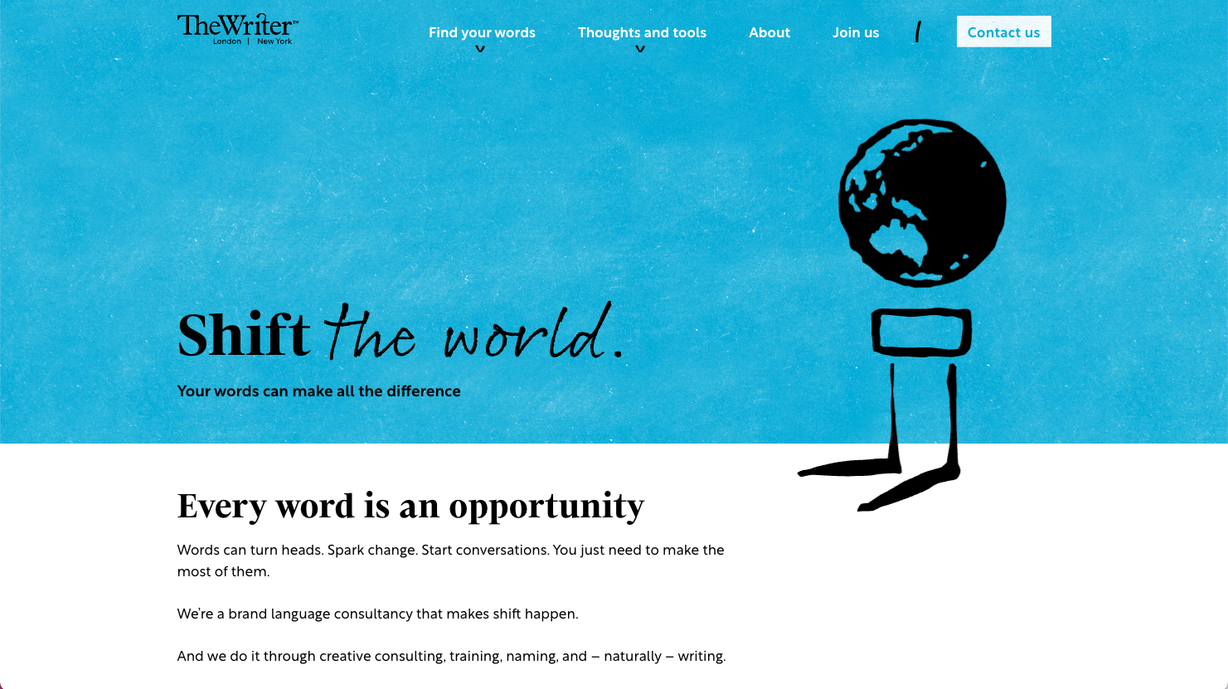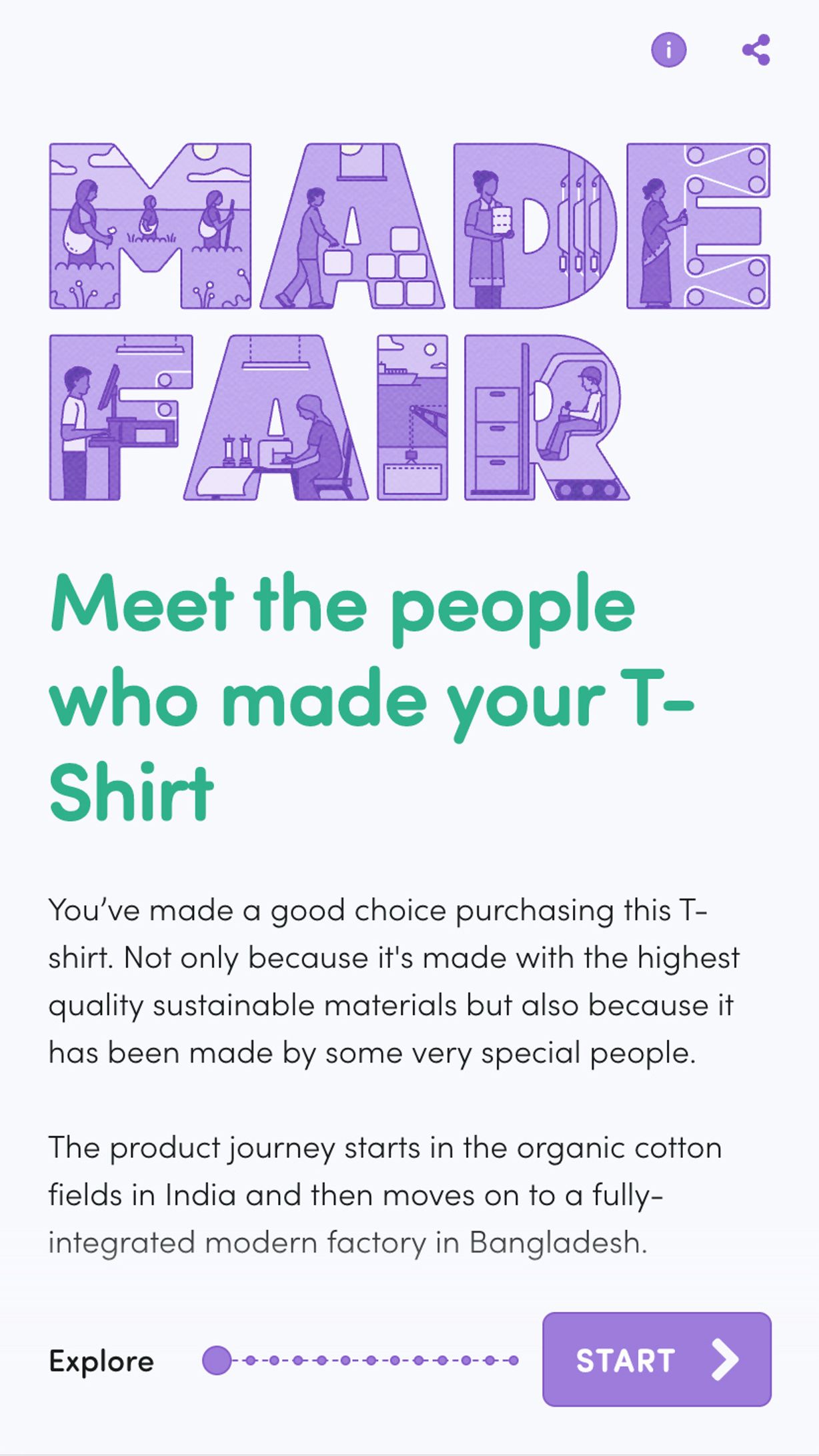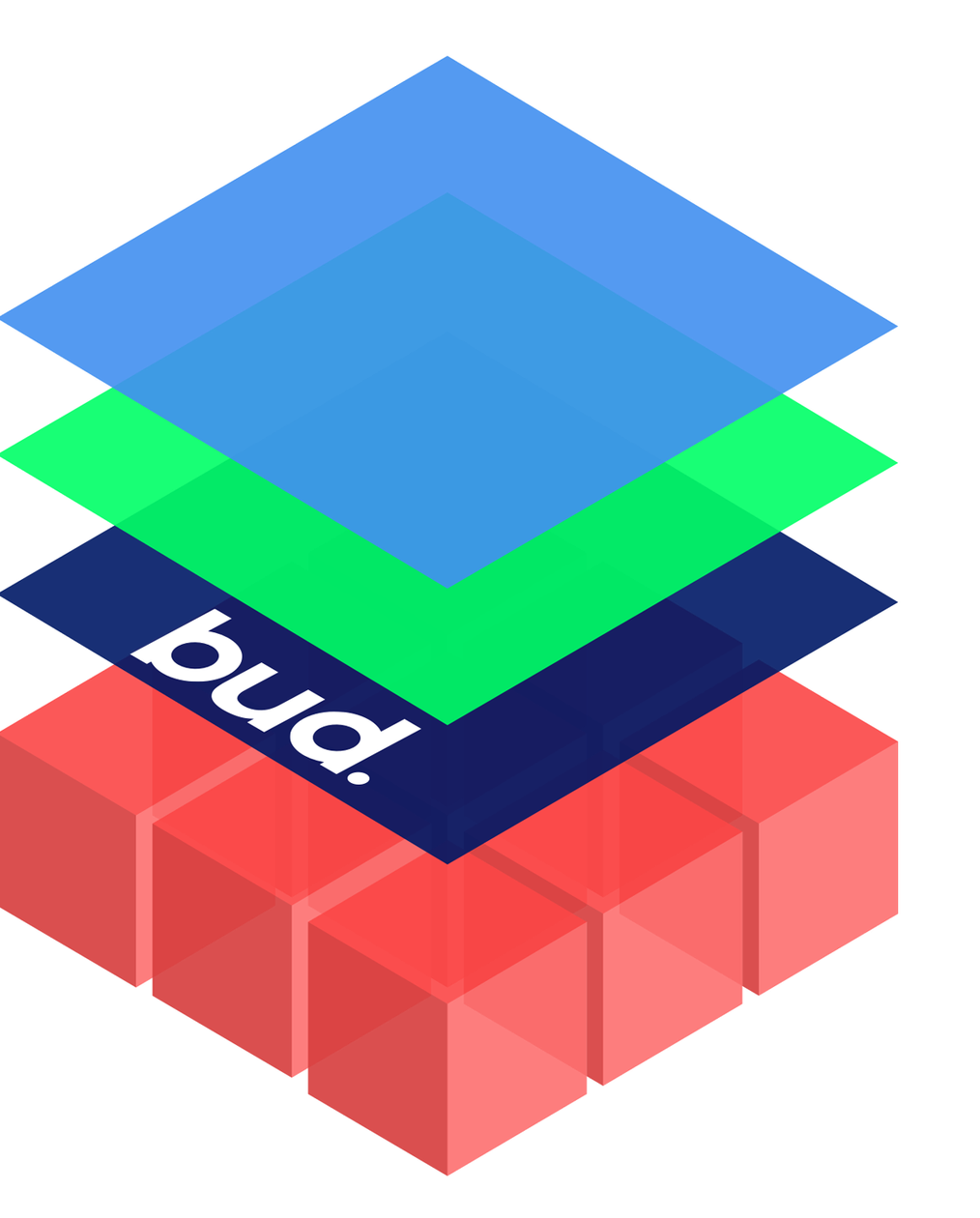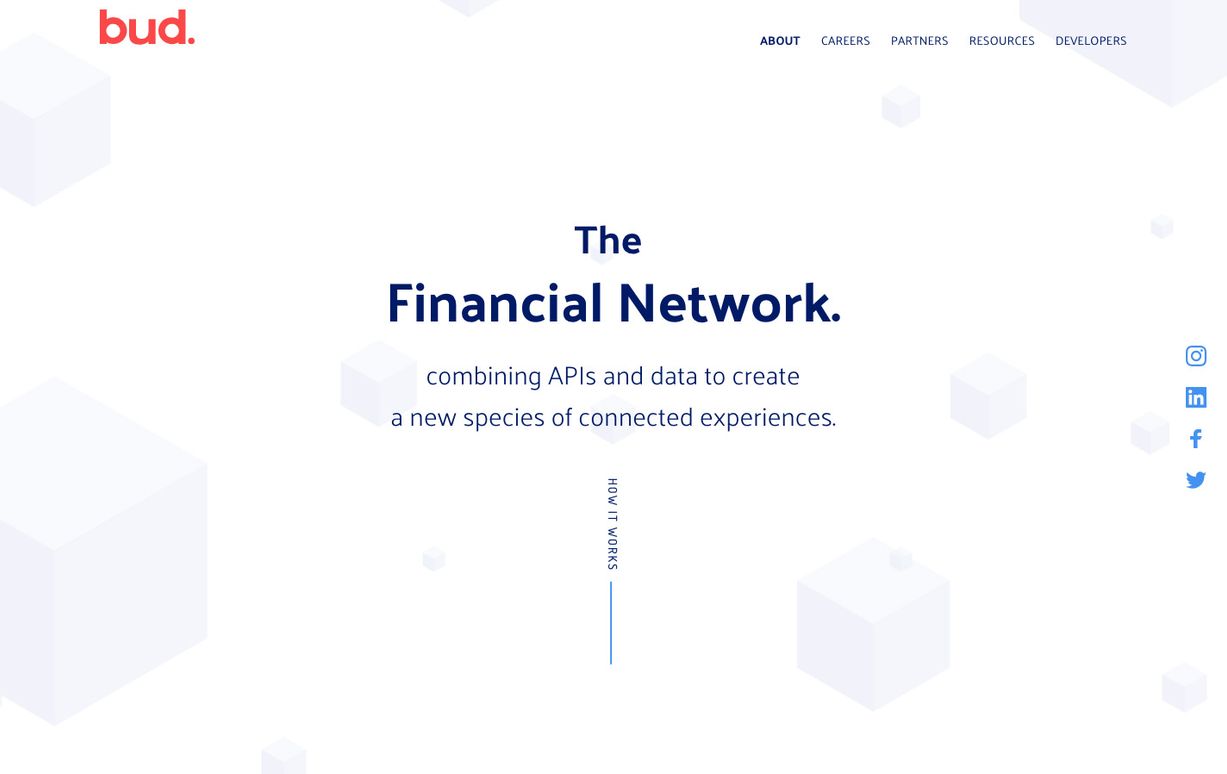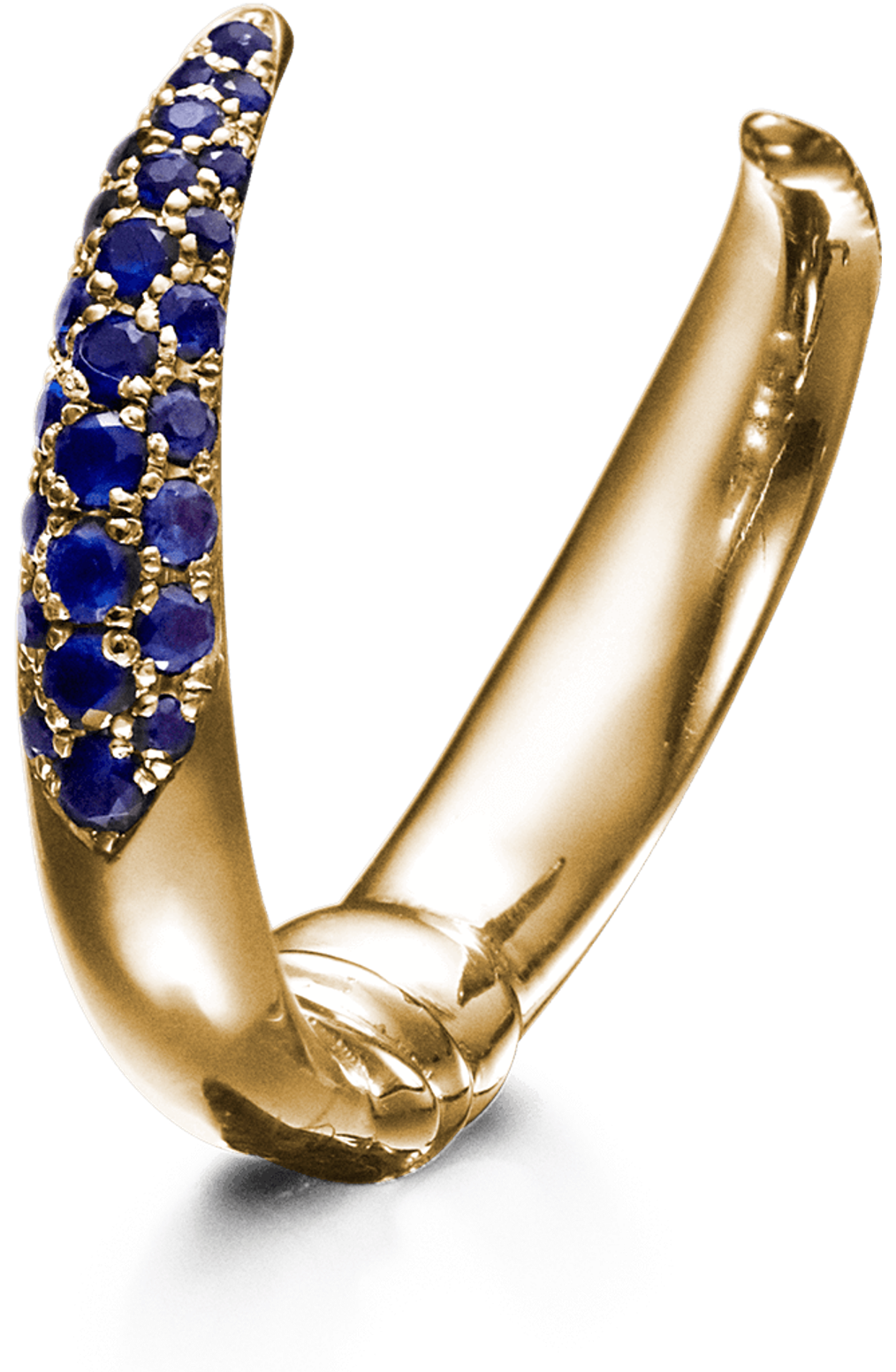Introduction
I’ve used many different content management systems over the years such as Drupal, Magento, and my least favourite, WordPress. And in all that time I could never find a platform that gave designers and front end developers total freedom to build however they liked.
But then I discovered Craft CMS. It's beautiful, logical and most importantly, it doesn’t have any restrictions as far as the front-end development is concerned. Not only that, the admin theme is incredibly easy to use and our clients love it.
Design and develop exactly what you need. Craft doesn’t make any assumptions about your content, or how it will be presented, so developers can spend their time building exactly what they need, not fighting against a pre-built theme.
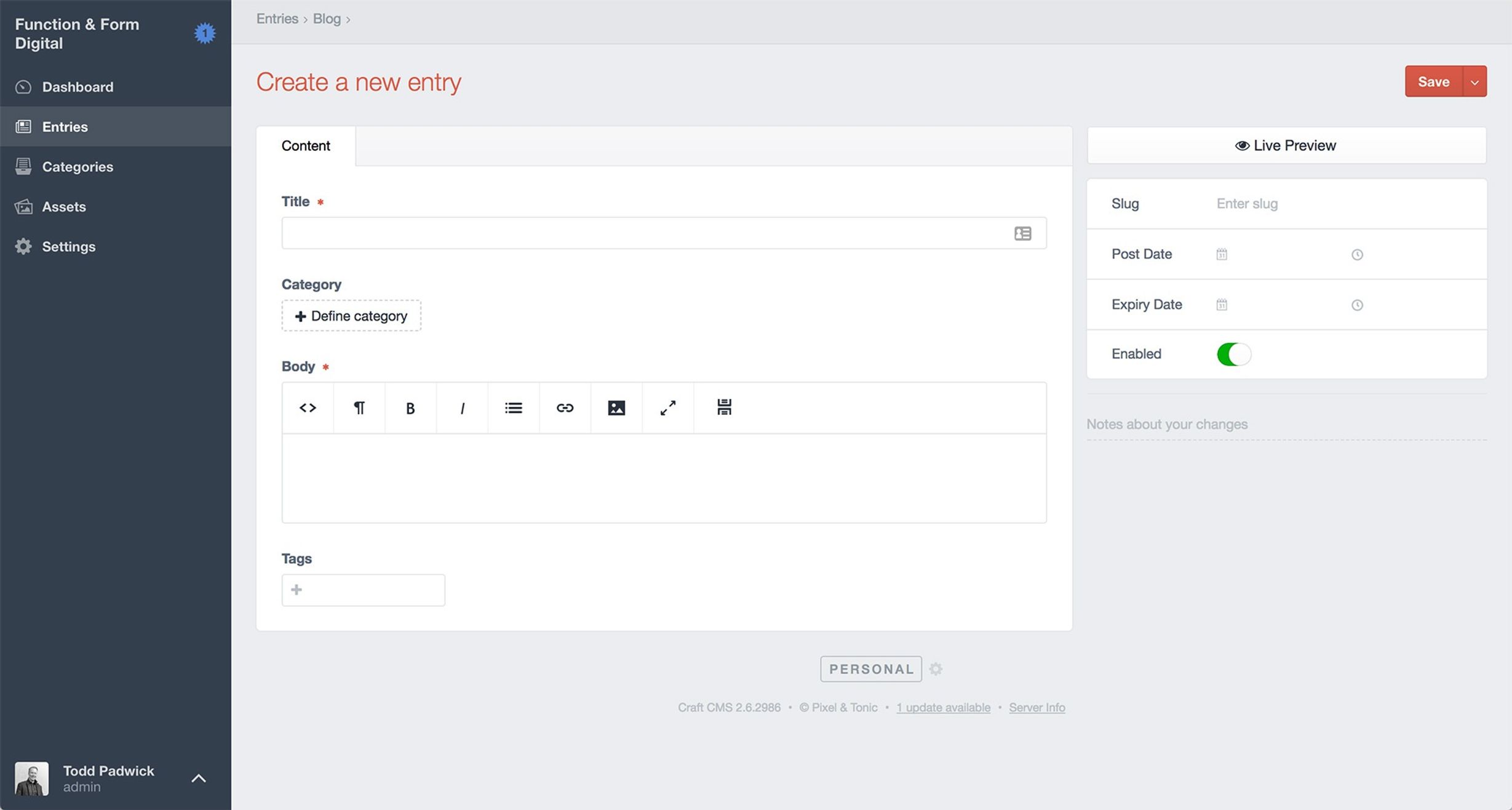
Some of our favourite Craft CMS features
Craft is packed with features and because it has incredible support for plugin developers, it is highly extendable. Which means anything is possible...
These are the features, that in our eyes, make it the king of the content management systems:
Twig templating
Twig is an open source templating engine for PHP. It’s logical and easy to use, and more notably, it’s very simple for front end developers like myself to pick up. Which translates to total control in the hands of our creatives.
Custom field types
It only adds the field and entry types that you actually need, so it’s as powerful as you need it to be without any wastage.
Matrix fields — build in blocks
Matrix fields make it easy to create and edit feature-rich pages. Content blocks with custom fields can be added and rearranged to build unique page experiences, enabling articles to feature clusters of imagery, video, case studies, tables and other bespoke content.

Built-in image processing
When content editors add images, the system will automatically duplicate and compress them for each screen size and resolution. Craft also has image editing features such as cropping, meaning there’s no need to process images in Photoshop first.
Craft Commerce
Craft CMS has an e-commerce add-on. So all the same Craft features can be extended to include the sale of products, services, packages, events, subscriptions and other commerce items.
Built with Craft
Here are a few examples of Craft CMS in action.

